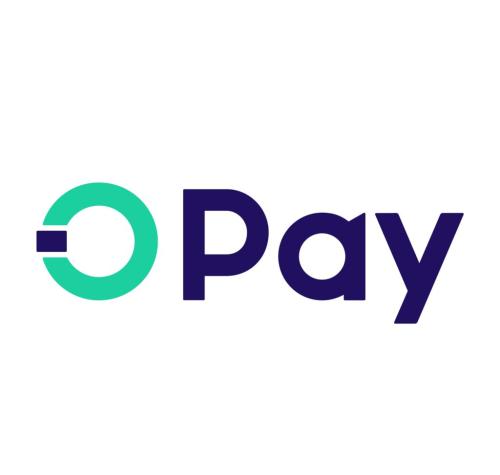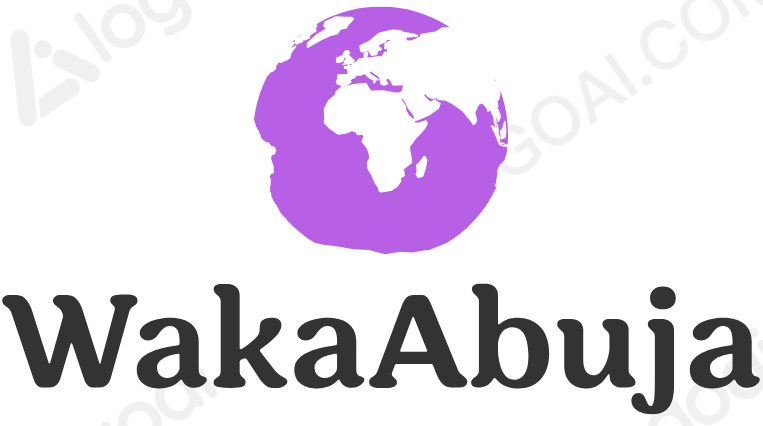
Nigerian fintech startup OPay raised a $400 million funding round in 2021, which was an important step in the development of the startup. A milestone achievement like this resulted in OPay’s $1 billion valuation as a result of this achievement. As a result of this funding, we take a comprehensive look at how OPay has grown, as well as the broader implications this has for the fintech industry as a whole.
Key Takeaways
Significant Funding: OPay raised $400 million in 2021, boosting its valuation to $2 billion.
Major Investors: The funding round was led by SoftBank Vision Fund 2, with participation from Sequoia Capital China and others.
Expansion Goals: The capital was intended for service enhancement and geographical expansion, including markets outside Nigeria.
Diverse Services: OPay has extended its services beyond mobile payments to include ride-hailing and food delivery.
Financial Inclusion: The company focuses on leveraging technology to provide affordable financial services to underserved populations.
The funding round
Key investors
SoftBank Vision Fund 2: Led the investment round, marking SoftBank’s first venture into Africa.
Sequoia Capital China: Another major participant, showcasing global confidence in OPay’s potential.
Other Investors: Redpoint China, Source Code Capital, and 3W Capital.
Impact on valuation
This funding round brought OPay’s valuation to approximately $2 billion, underscoring its rapid growth and significant market presence within Nigeria’s fintech sector.
Strategic Goals and Expansion
Growth plans
The $400 million raised was earmarked for:
Expand Services: Enhance existing offerings and introduce enhanced financial products.
Geographical Expansion: Venture into new markets outside Nigeria, including the Middle East.
Integrate more digital payment solutions and financial services into its ecosystem.
Market Reach
By 2021, OPay had become a dominant player in Nigeria, processing over $3 billion monthly. Its substantial funding would further solidify its market position and drive expansion.
Diversification and services
Beyond mobile payments
OPay has diversified its portfolio to include:
Ride-Hailing: Offering convenient transportation solutions.
Food Delivery: Providing a platform for ordering meals.
Other Digital Services: Expanding into various digital sectors to cater to a broad audience.
Financial inclusion
OPay’s founder and CEO, Yahui Zhou, emphasized the company’s mission to accelerate financial inclusion across Africa. Leveraging technology, OPay aims to offer affordable and accessible financial services to underserved populations, aligning with its broader vision of economic empowerment.
The Significance of OPay’s Funding
Investor confidence
The substantial investment OPay received from international heavyweights like SoftBank and Sequoia Capital highlights the growing attractiveness of the African fintech market. It reflects robust confidence in OPay’s business model and its potential to revolutionize financial services in the region.
Industry implications
OPay’s success is a testament to the burgeoning African fintech opportunities. The company’s growth and the significant funding it garnered underscore fintech’s critical role in driving economic development and financial inclusion on the continent.
Frequently Asked Questions
1. How much funding did OPay receive in 2021?
OPay raised $400 million in a 2021 funding round.
2. Who led the OPay funding round in 2021?
The investment round was led by SoftBank Vision Fund 2, with contributions from Sequoia Capital China and other investors.
3. What was OPay’s valuation after the 2021 funding round?
Following the funding round, OPay’s valuation reached $2 billion.
4. What are OPay’s plans with the upcoming funding?
The funds are intended to expand OPay’s services, enter new markets, and enhance its financial product offerings.
5. What services does OPay offer besides mobile payments?
OPay provides ride-hailing, food delivery, and various other digital services in addition to mobile payments.
6. How does OPay contribute to financial inclusion?
OPay aims to offer affordable and accessible banking services to underserved populations, leveraging technology to promote financial inclusion.




